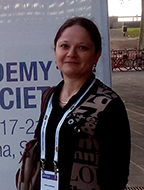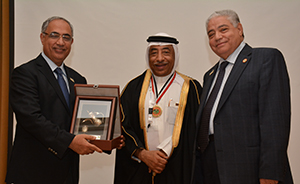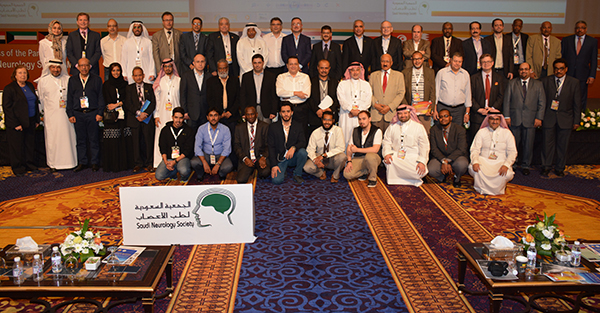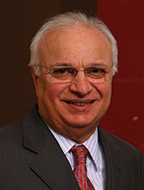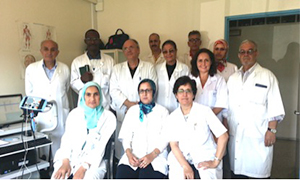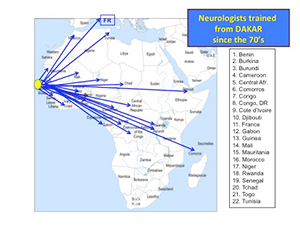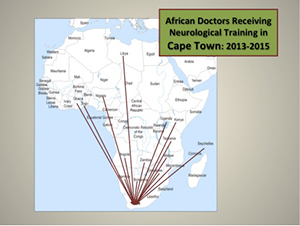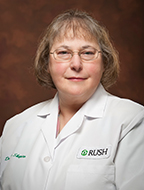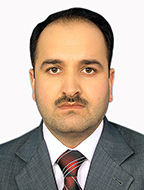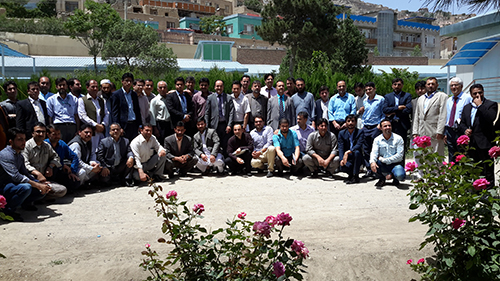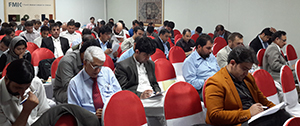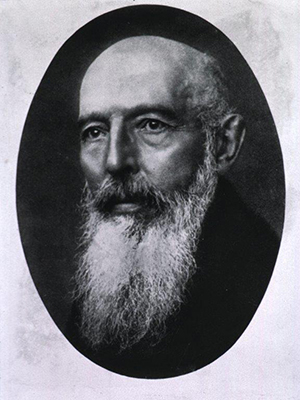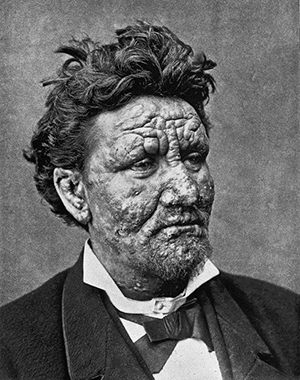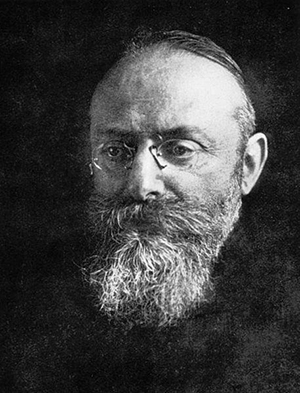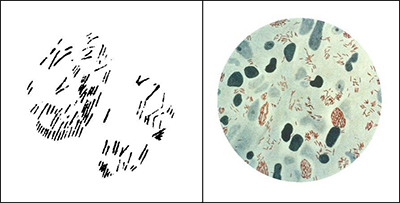The Nominating Committee of the World Federation of Neurology (WFN), having invited nominations for one treasurer and one elected trustee post, both to be filled with effect from the 2015 Annual General Meeting (Council of Delegates) on Nov. 1, recommended the following candidates to the membership:
Treasurer
- Prof. Richard Stark (Australia)
- Prof. Andreas Steck (Switzerland)
Elected Trustee
- Prof. Morris Freedman (Canada)
- Prof. Steven Lewis (United States)
In accordance with Article 6.3 of the WFN Memorandum & Articles of Association, allowing for additional candidates who are supported by five or more authorized delegates from other member societies, Dr. Daniel Truong (United States) also will contest the post of elected trustee.
